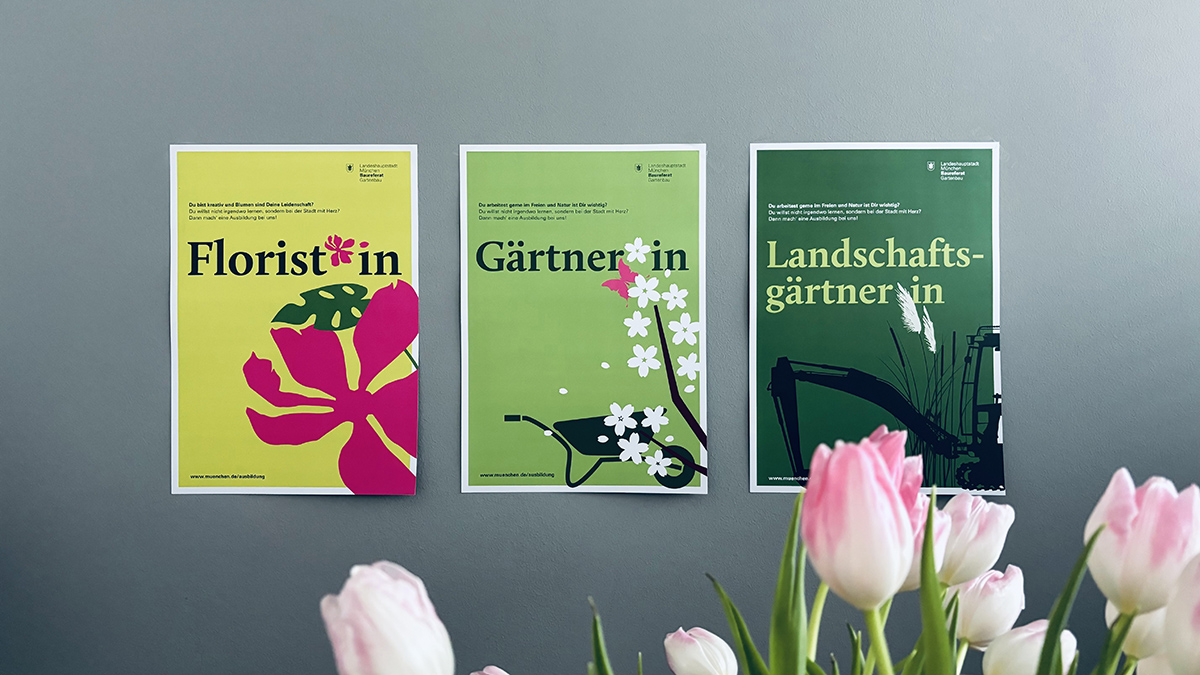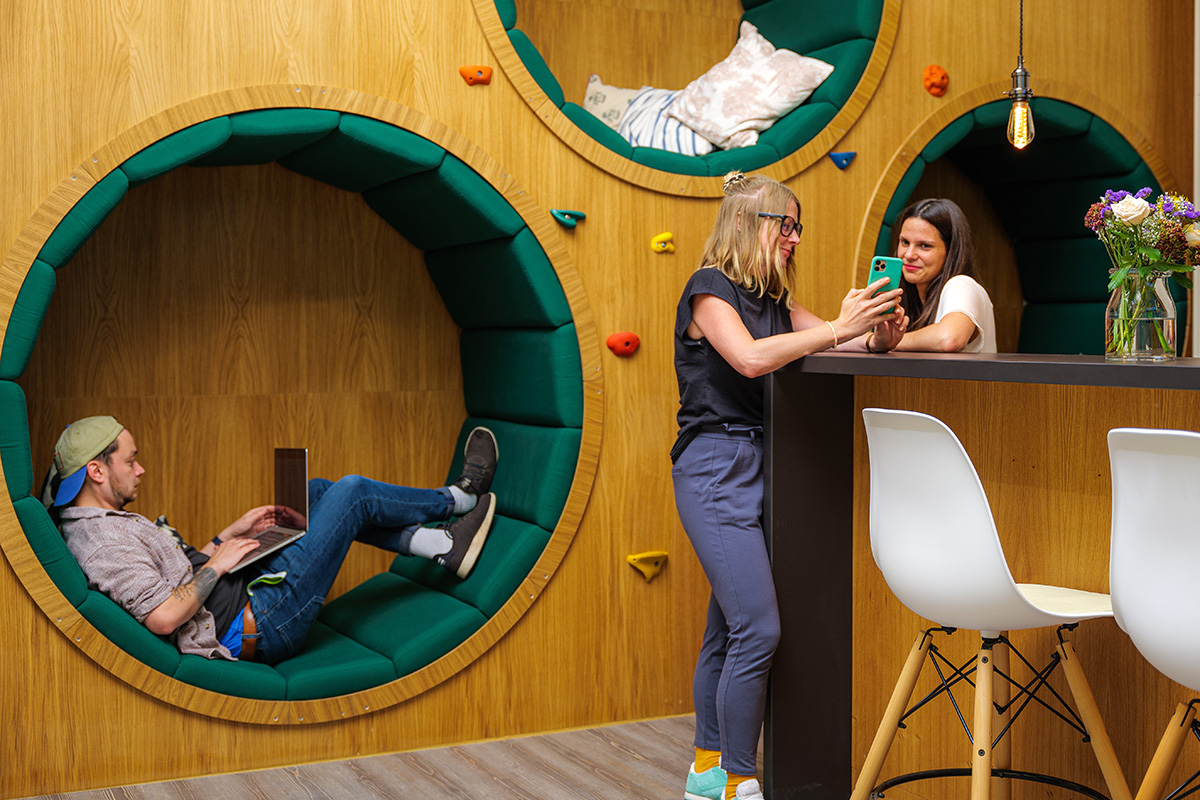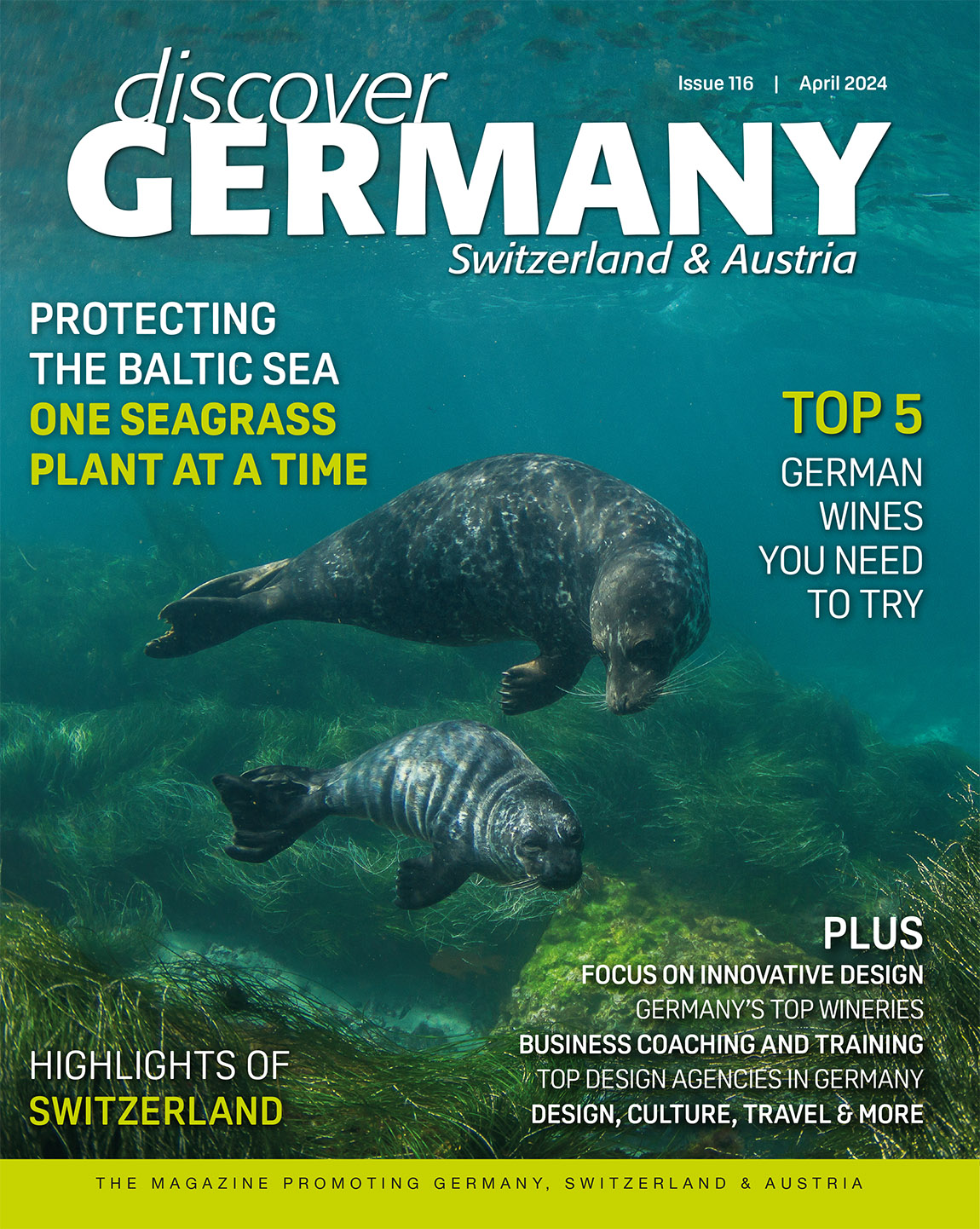BORGWARD: A HISTORIC GERMAN AUTOMAKER
TEXT: ERIC BRYAN
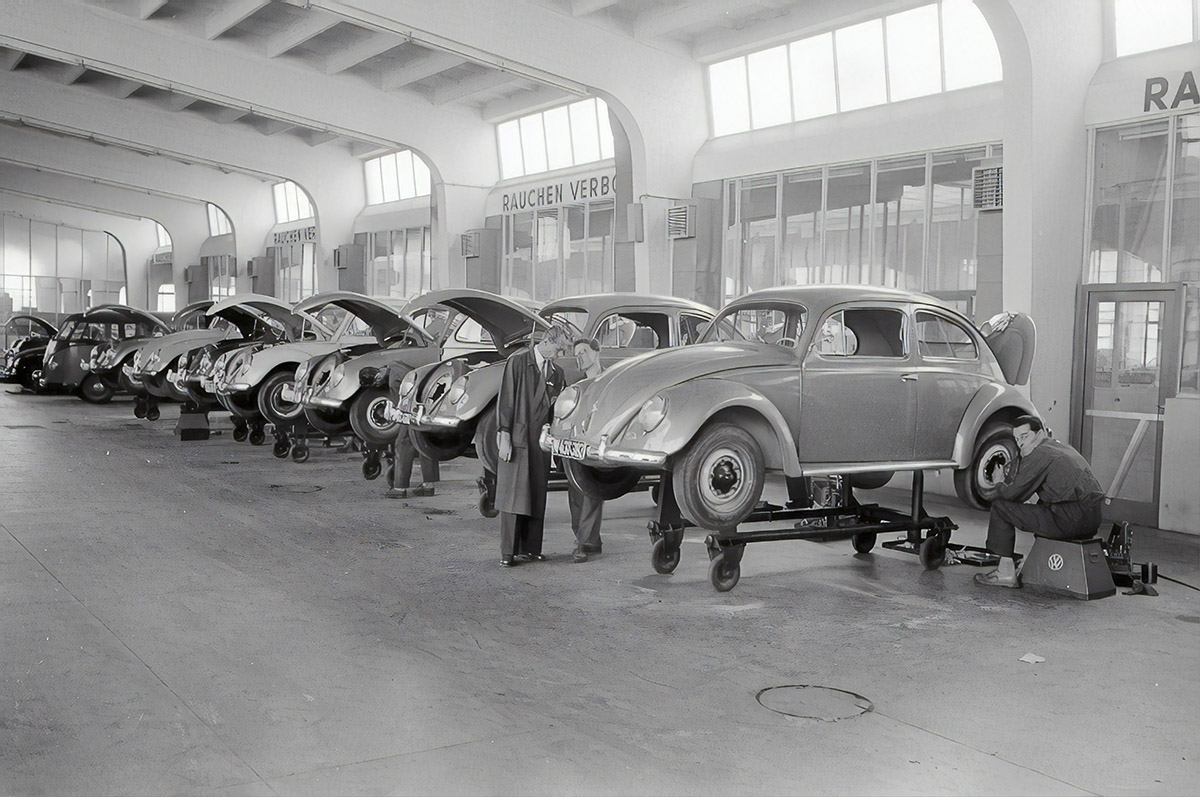
Borgward isn’t a household name today, but in the 1950s and early ’60s, this German carmaker was rivalling Volkswagen, and some of its models were outperforming Porsches. Founded by Carl FW Borgward, the Bremen-based company also produced trucks and a helicopter.
Borgward had success from its first vehicle in the 1920s, to its famous Isabella cars in the 1950s. But by 1959, time was running out for Borgward: circumstances led to the company ceasing production in 1962. Daimler-Benz and BMW filled the void and all but eclipsed the memory of Borgward as a German car brand.
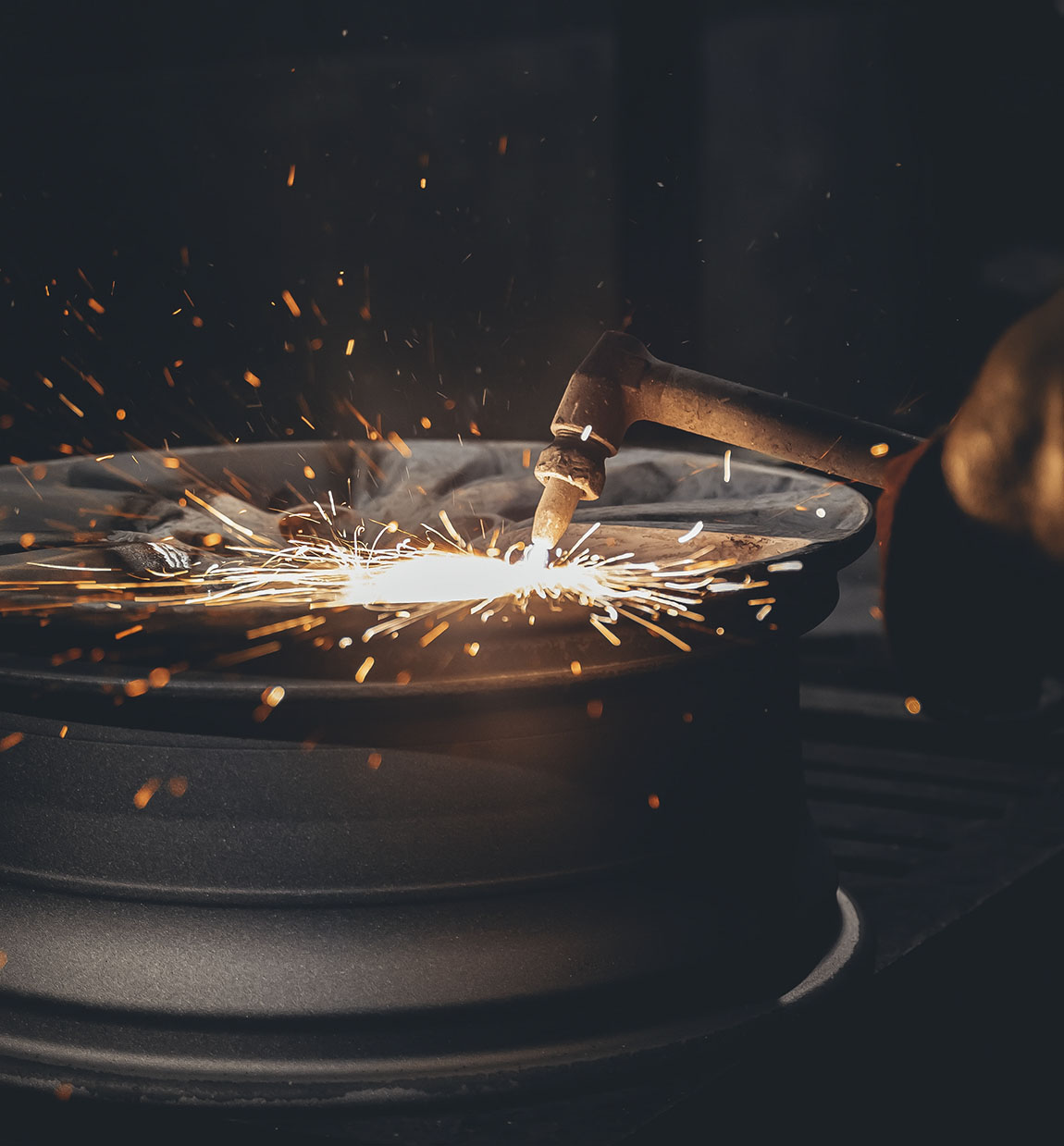
Photo: Unsplash
Beginnings and Bremen
Carl Friedrich Wilhelm Borgward was born 10 November 1890 in Altona, Hamburg. As a child, Borgward loved to tinker with parts and, in about 1900, he built his first motorised toy car. He attended the Hamburg Machine Construction School and worked as an engineer’s apprentice for Mencke and Hambrock. Borgward then enrolled at the Technical High School in Hanover, and held a job in a steel manufacturer’s office.
Borgward moved to Bremen in 1912 and worked as an engineer for Schellhass and Druckenmuller, a steel company, and relocated to Berlin in 1914. He was drafted into the German Army in 1915, was wounded and spent months recuperating in a military hospital. After being discharged, he joined Franke Textile Company in Bremen, and acceded to head of its technical department.
Three-wheelers
In 1919, Borgward joined automotive firm Bremer Reifen-Industrie GmbH. Borgward presented his first vehicle in 1924, the three-wheeled Blitzkarren (‘Lightning Cart’) delivery van. The Blitzkarren was a hit with tradesmen and the Deutsche Reichspost. Borgward demonstrated the vehicle himself in the streets of Bremen, to drum up business.
The company moved to Industriestrasse in 1925, and Borgward produced another three-wheeler in 1926, the Goliath. The company further expanded in 1928, and acquired a majority share in Hansa-Lloyd-Werke, a body works firm, in 1929, leading to ownership and a merger in 1931. This move created the Borgward Group. The company did well: the Goliath Pioneer, another three-wheeler, was the best-selling car in Germany at this time.
Here’s Hansa
Borgward launched the Hansa line in 1934, with the 1100 and 1700 autos, and plans for expansion at a new Bremen-Sebaldsbrück factory were enacted in 1936. The factory opened in 1938.
By 1939 Borgward was one of Germany’s leading automakers, and the Hansa cars began to carry the Borgward name. During World War II, the company produced trucks and military vehicles. The Borgward factories were nearly obliterated by Allied bombs on 12 October 1944.

The Borgward Isabella’s sound design made it popular as a squad car. This Isabella, complete with roof beacon and spotlight, is in the livery of the Bremen Police. Photo: Jürn C. Schulze
Postwar: the Isabella and more
Production resumed in 1945 with the manufacture of the B 3000 truck, and in 1949, Borgward & Co. apportioned itself into three companies: Lloyd, Goliath and Borgward. At this stage, Borgward presented the first new German postwar car, the Borgward Hansa 1500. This auto was also the first European car to have a ponton body. The year 1950 brought the Lloyd LP 300, the first viable German postwar compact car, and the Goliath GP 700. Borgward also premiered in international motorsport at this time, establishing 12 records at Montlhéry, France in the F class up to 1.5 litres.
The group’s first luxury car, the Hansa 2400, debuted in 1952. The Borgward Isabella, which premiered in 1954, proved to be a popular sedan, selling over 200,000 units. Borgward expanded into aviation by developing the Focke-Borgward BFK-1 helicopter in 1956. This was a utility aircraft used primarily for agricultural work. Also that year, Borgward introduced the Isabella Coupé. A four-speed with a 1493cc engine, the coupé could go to speeds of 93 mph. The front-wheel-drive Lloyd Arabella appeared in 1959, and the P 100, the first German auto with pneumatic suspension, also debuted that year.
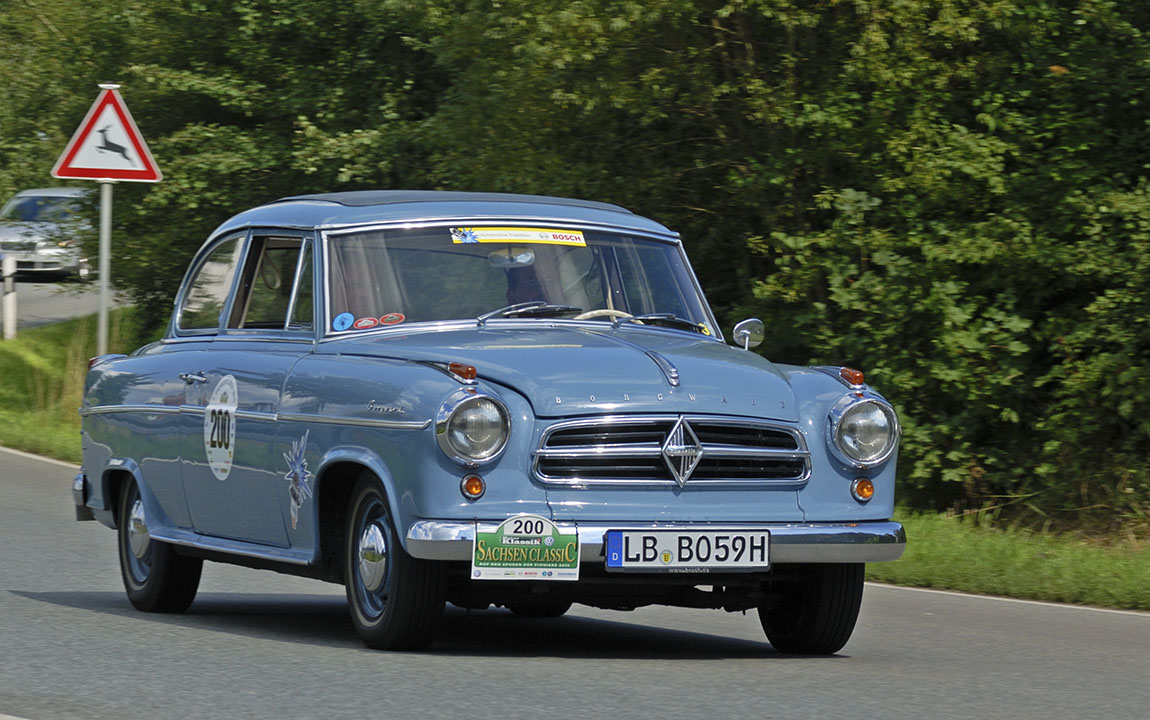
A 1959 Borgward Isabella at speed, participating in the Saxony Classic Rallye, 2010. Photo: André Karwath
Disquiet, dissolution and dispersion
As the P 100 went into production in 1960, Borgward ranked next behind Volkswagen and Opel in the hierarchy of German automakers. However, Lloyd and Goliath profit losses began to inhibit cash flow. There was increasing competition, and the Borgward range was too broad to be economical. The problem became acute, with Carl Borgward finally stepping down and the companies coming under the control of the Bremen City Council in 1961, leading to bankruptcy procedures.
The council appointed attorney Johannes Semler – who was on the board of Borgward’s arch-rival BMW – as receiver. Borgward’s supposed insolvency was one of the largest and most dramatic in German history. The assets were liquidated, with some of the factory going to vehicle maker Hanomag. When the measures were concluded eight years later, it was clear that all Borgward employees and creditors had been paid in full. Suspicion began to fall on the proceedings, and on the motives of the council and the press, the latter of which had vilified Borgward. Borgward completed the last 23 Isabellas, delivering the final one at the start of 1962. Carl FW Borgward died of a heart-attack on 28 July, 1963 in Bremen.
Production machinery for the Isabella and P100 were sold to a concern in Mexico, where the cars were made from 1967-70. There was also Isabella assembly in Argentina and Brazil, and smaller Isabella operations existed in the Philippines and Indonesia.
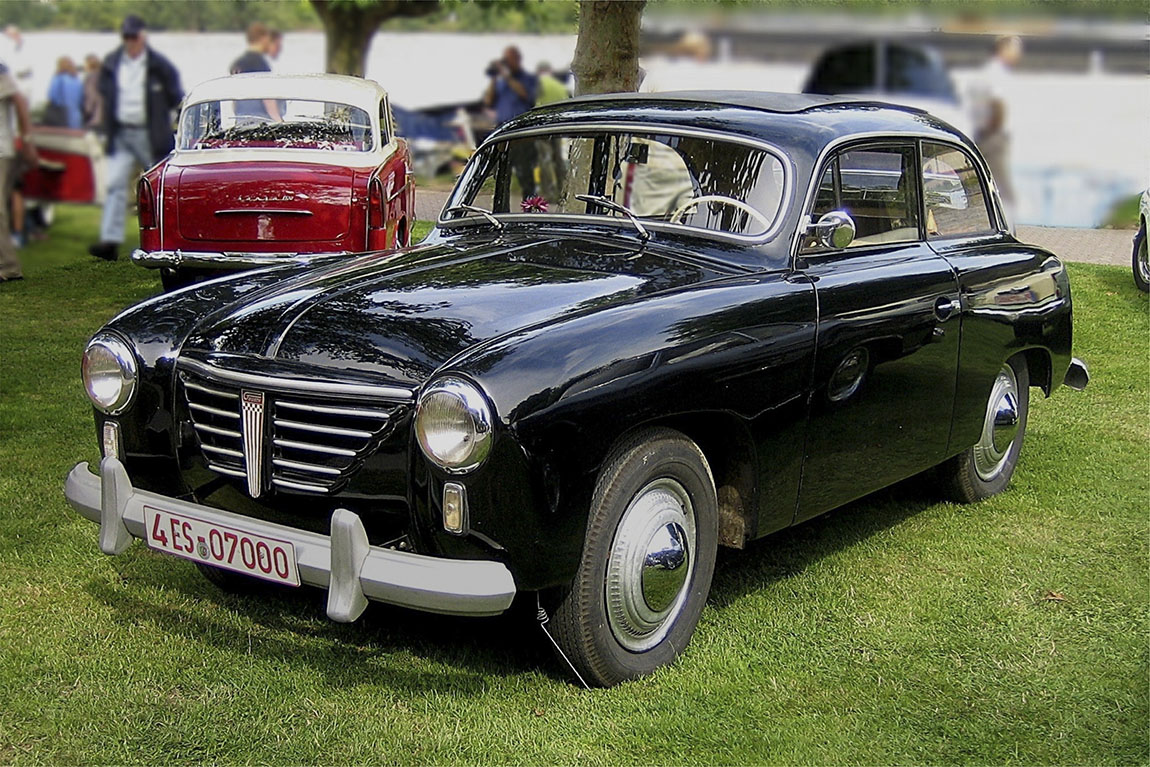
This Goliath GP 700 was photographed at a Borgward meeting in Andernach. Photo: Spurzem
Subscribe to Our Newsletter
Receive our monthly newsletter by email

